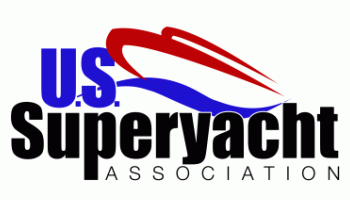So what will the STCW Basic Safety Training Course cost you?
The full five-day STCW Basic Safety Training (BST) modular course, consisting of the four independent modules, costs approximately US$900–$1,000 if taken in the United States. The cost of STCW Basic Training courses can range anywhere from US$900–$1,880 if taken in Europe or Australia.
These figures will also vary depending on what school you attend. Most institutions offer each separate STCW module à la carte, so you can take them one at a time if you’d like, rather than the five (or in some cases six) straight days in a row.
If the Cost of STCW Basic Safety Training Concerns You
If you have budgetary constraints, you can always fit your STCW BST modules between day working gigs (essentially this is day-to-day, freelance work that you can do to earn income while you search for a full-time position) in order to cover your expenses while you earn your certificate of compliance. Note: You do not necessarily need your STCW certificate to day work, as day work positions usually do not entail the vessel going out to sea.
On the other hand, while breaking the STCW training up over the course of several weeks may be less of a burden on your wallet, also remember that the sooner you get this training out of the way, the closer you are to earning a consistent salary. It may be wiser just to take the hit up front, and then let your first month’s salary on a luxury yacht (with no expenses) earn that money right back. The exception to this advice is if you are interested in simply signing up for one module to test out this industry and see what it’s about before committing to finding a job within it. In that case, just sign up and pay for one module out of the gates.
INSIDER TIP: Rather than an STCW BST module, the better option for testing things out would be an introduction to yachting course offered at one of the training schools. Maritime Professional Training in Fort Lauderdale, for example, offers an Introduction to Yachting #807 Yacht Etiquette & Service Arts class, which is a one-day course covering yacht roles and definitions, etiquette and personal graces, individual and interpersonal relationships, and more. International Crew Training (now known as Bluewater Yachting USA since September 2016) and many of the crew-training schools in Australia and Antibes, France also offer similar introduction courses that provide a wonderful foundation for entering yachting.
If finances have you concerned, be sure to check out the various training schools’ websites I list on my site. They will all run price specials at some point during the year. When calling to enroll, be sure to ask about any current or upcoming specials that you might qualify for. A few even have packages that can include interior-crew training at a discounted rate.
Also with regard to budgeting for your STCW BST training, be aware that beyond the basic enrollment tuition, parts of the training may take place off-premises from the school itself, and quite often, you are left to find your own transportation. Examples of this are when you attend the practical portions of sea survival and fire training. You can hire a taxi or take a bus, but I suggest carpooling. My advice is to make friends on your first day of class (and preferably, friends with cars).
As a final note on the subject of training costs, because I am sure you may hear talk of this once you’ve established yourself in a hiring port: There are cases where entry-level job candidates avoid having to pay for their STCW BST training because they find a yacht that wants to hire them badly enough that the captain or owner agree to pay their course tuition for them. Do not expect this to happen. This was a much more common occurrence years ago when the industry first started cracking down on requiring STCW for all charter-yacht crew. Nowadays, though, captains expect that if you are truly serious about finding a job in this industry, you will undertake the STCW training on your own, before you even begin interviewing for jobs.
The STCW Basic Safety Training courses will prepare you to begin your yachting career, but they have to be retaken every five years. Under some situations, showing that you have at least a year of service on a vessel of more than 200 gross tons will suffice to take the place of the basic safety training renewal for your STCW certification. If you stay in this industry longer than five years though, you will likely have to take all four modules again. If you are employed on a vessel at that point, it might be a situation where a yacht is likely to take on the cost. Otherwise, look at the cost of taking the STCW BST courses as an investment.


